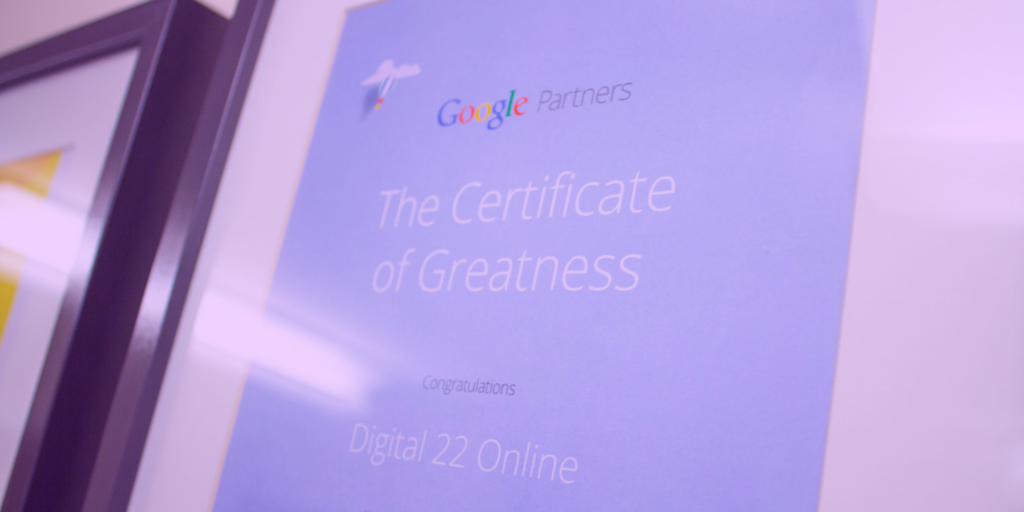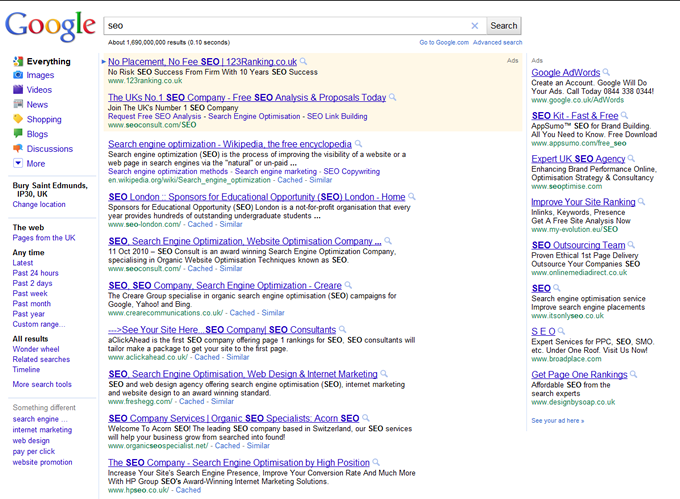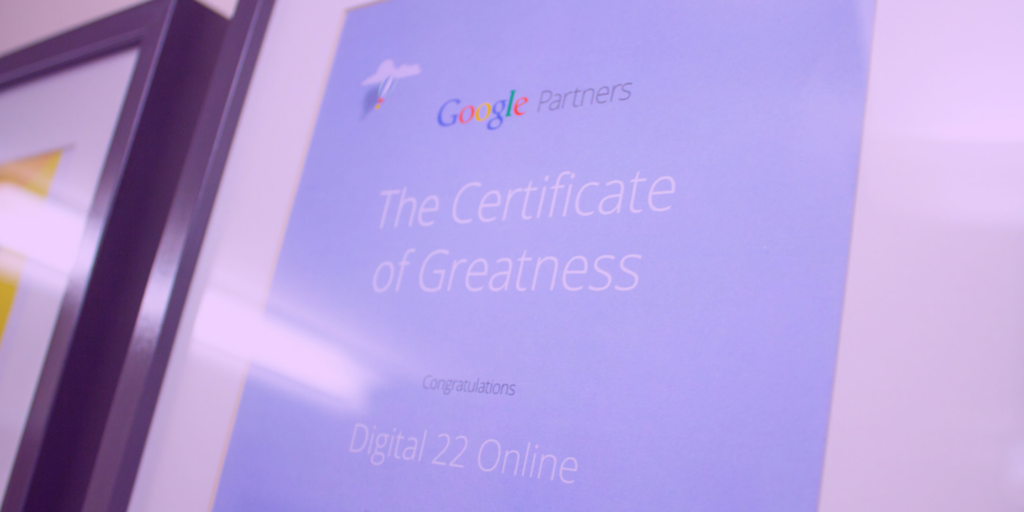Google AdWords expanded text ads for paid spots yesterday. These expanded ads are mobile optimised,...
On July 24th, Google introduced a new change: changing AdWords to Ads. Google AdWords was launched nearly 18 years ago to help businesses connect with people online. But the way people are searching for answers to their questions has evolved a lot over the years. It’s not just a simple Google search anymore.

People are now searching for things on a variety of platforms, from YouTube to Google Maps. And due to the rise of mobile devices, people are searching for things on the go and switching seamlessly between researching products to streaming music, watching videos and anything in between.
That’s why Google AdWords has changed to Ads - to help businesses connect with their relevant audience across all of Google’s channels and partner sites.
What’s Changing?
Google Ads is the full range of advertising capabilities offered not only on Google.com but across their other partner sites and apps. This is meant to help marketers connect with their target audience much more easily, regardless of whether they’re trying to find answers on Search or are discovering apps on Google Play.
One important change is the introduction of a new campaign type in Google Ads. Called “Smart campaigns”, this will be the new default ads experience and makes it much easier for small businesses to get started with online advertising. Smart campaigns allow businesses to create ads in minutes and Google will fine-tune them as they go, according to your goals.
How Smart Campaigns Will Work
According to Google’s small medium business (SMB) perceptions survey, the online advertising goal of 90 percent of small businesses is to get customers to call, visit a store or make a purchase. Ensuring that your online ads are targeting the right people at the right time can be a tricky and time-consuming task - especially when you’re a small medium enterprise (SME) with limited resources. Google Ads will help relieve some of this heavy lifting and make it easier for businesses to see results.
For example, Smart campaigns have an Image Picker feature (it’ll be launched later this year) which makes it easier for you to display what makes your business unique. You can upload your own image or choose from the top three Google have suggested. Google will then test different combinations of the text and images you’ve chosen.
This will help you discover the winning combinations - which combos are most effective at attracting customers - and allow you to keep fine-tuning your ads to stand out from the competition and boost your ROI.
Smart campaigns aren’t the only innovative change being introduced with Google Ads. Google will be launching more new campaign types at Google Marketing Live. Sign up to watch the livestream on July 10th here.
What Does This Mean for Your PPC Efforts?
A Quick Recap: What is PPC?
PPC (pay per click) refers to the adverts that appear usually across the top or along the side of search engine results. It’s an online advertising technique used by businesses to direct traffic to their websites. When people click on the ad, the business pays the ad’s publisher. For this to be successful, businesses should choose keywords that are relevant to their product/service and are what their target audience are searching for.
Want to find out more about the basics of PPC? Just click here.
It’s virtually impossible for a business to convert every single lead into a customer. With PPC, the conversion rate is the number of clicks it takes to gain one new paying customer. And if you’re going to convert them, you’ll need to make sure your ad is actually attracting them. This boils down to a number of things, including:
- The text used in the ad.
- The image used in the ad.
- The keyword/keyword phrase used to drive traffic to your site.
How Can Google Ads Help?
From searching on Google to YouTube and the Google Play store, it’s safe to say that people are more widespread than ever. This means it’s harder for businesses to target their audience. Google Ads helps by allowing you to target and connect with your audience, regardless of which Google platform or partner site they might be on. The search and targeting capabilities can be accessed via one tool.
That means you can reach the right people at the right time and track how successful your efforts are as you go. And as we mentioned earlier, Smart campaigns are particularly useful because Google will tweak your ads, depending on your goals, to help you get the results you want without having to do much of the heavy lifting.
Wait! How Can PPC be a Part of Inbound Marketing?
Advertising is an outbound marketing strategy, right? So how can PPC possibly be a part of inbound marketing efforts? Well, inbound marketing is the kind of marketing where customers are presented with content relevant to the stage of the Buyer’s Journey they’re currently at.
For example, if you own a chicken takeaway and you go distributing flyers to random people and posting leaflets through letterboxes all the time, that’s outbound marketing. Why? Because you’re forcing your messages onto people and getting up in their face when you don’t even know if they want chicken or even like chicken in the first place.
But if someone in your area searches for “chicken takeaways” on their phone and they see an organic local listing or a PPC ad for your business, that’s contextual. It’s inbound marketing because they’ve searched for chicken, meaning they’re interested and ready to buy, and you’ve presented them with a place to buy chicken.
Like SEO, PPC is contextual and triggered by a searcher’s own query, so it’s most certainly an inbound marketing tactic.
And now I want some chicken.
See What Else We’ve Written About PPC
Now that you understand why PPC is a part of inbound marketing, you might be interested in reading a little more about this tactic.
The basics of PPC:
PPC-related advice:
- Why You Need Both Search and Social PPC Advertising
- Does PPC Work for Teach Startups?
- PPC Advice for Small Businesses: Why You Should Remove Pricey Keywords
Tracking the success of your PPC ads:
Make Sure You’re Maximising Your PPC Efforts by Using the Right Marketing Automation Platform
Your PPC strategy, from your goals to how you’re using Google Ads, is important but you also need to ensure you’re using the right marketing automation platform. Different platforms are designed for different business sizes, goals, capabilities and more.
To help make your life easier, we’ve compared four of the biggest marketing automation platforms for you. Download our free guide below and find out whether you should choose HubSpot, Pardot, Marketo or InfusionSoft.


